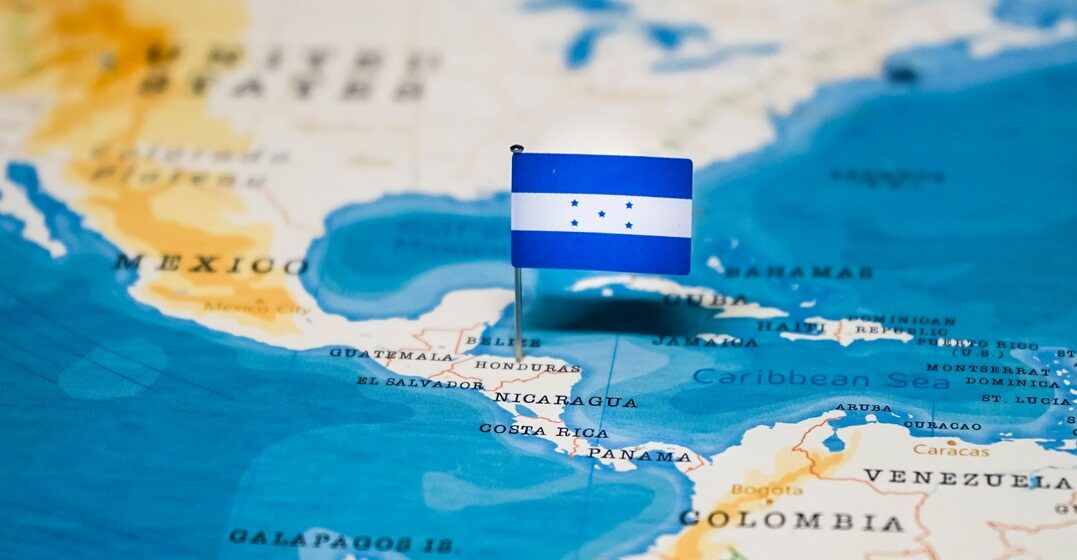A guide to Honduran Spanish

Honduran people are known for being warm, welcoming and friendly. With coffee, cacao, tobacco, crystal blue waters and rugged mountains, the country of Honduras has much to offer any visitor. But what language do Hondurans speak? The official language is Spanish, with approximately 97% of Hondurans speaking it as their primary language. The remaining, approximately 3%, speaks one of the several indigenous languages extant in the country such as Mosquito.
The Honduran Spanish variant is influenced by the country’s geography history and people, with clear regional differences. Some people speak slowly while others speak rapidly. Some sound like their Caribbean neighbors while others sound similar to Guatemalans. Here’s what you need to know about Honduran Spanish.
Learn languages at your pace
Geography, history and Honduran Spanish
Geography: Honduras shares a border with 3 neighboring countries - a lot for thin Central America! Like many countries in the region, it has coastlines on both the Caribbean Sea and the Pacific Ocean. Honduran Spanish on the Caribbean side will sound a lot like other Caribbean nations. Meanwhile, the accent on the Western side, which borders Guatemala and El Salvador, will sound more like those countries and closer to the Mexican Spanish accent.
Indigenous communities: Some 600,000 Hondurans (6.2% of the population) identify as indigenous. There are several indigenous languages still spoken in Honduras today: Mosquito, Garífuna, Tawahka, Tol and Pech. The last three are in danger of extinction, while Lenca and Maya Ch’ortí have already disappeared.
These indigenous languages influence not only the names of places and food but also colloquial expressions and everyday vocabulary.
Influences of colonialism. Like in all of Latin America, colonialism affected Honduran Spanish too. . As a colony of Spain from the 15th century until 1821, Spanish became the de facto language of Honduras. Approximately 17% of the Honduran population is of indigenous or African heritage. The Garífuna community descends from indigenous Arawak, Kalinago and Afro-Caribbean people. Their first languages are Garifuna and Vincentian Creole. They reside mostly in the easternmost state of Gracias a Dios and the northern coast. The three islands to the north (Roatan, Utila and Guanaja) were British colonies until the end of the 18th century. To this day, English is the main language spoken on the islands.
The Honduran accent
Each state of Honduras has its own colloquialisms. These unique aspects make Honduras Spanish unique. Here are characteristics of the Honduran accent that will stand out to Spanish language learners.
Aspirated “s” - The “s” sound is dropped or replaced with a breathy “j” or "h". This can happen at the beginning, middle, or end of a word.
- semana → /hemana/
- eso → /eho/
- más → /máh/
Learn languages at your pace
Dropping of the final “d”
- verdad → /verdah/
- vacunada → /vacunaha/
The use of vos as well as tú as the informal, singular “you”. Vos has its own set of conjugations that are different from tú. You are likely to hear either one.
- you have = tú tienes or vos tenés
The use of diminutives - “ito” or “ita” at the end of words to make them more friendly.
- un café → un cafecito
Honduran Spanish slang
An important way you can tell the difference between the Honduran accent and other Central American or Caribbean accents is through Honduran Spanish slang. If you hear someone using these phrases, it’s a good bet they’re from Honduras.
- chunche - thingy
- pisto - money
- salir hecho pedo - literally means “leaving made a (in a state of) fart”, but it means leaving in a hurry
- los yunai - US Americans (yunai is an adaptation of the English word “United” as in United States)
- ¿Que pedo maje? - What’s up?
- andar hule - to be broke (no money)
- qué cachudo - I’m hungry
- chihuines/cipotes - kids or youth
- está cachimbeado - it’s difficult
Honduran Spanish 'no está cachimbeado'
Honduran Spanish no está cachimbeado (is not difficult). Like many Latin American accents, the Honduran accent varies by region. Those in the coastal north will sound Caribbean. In the western interior, the accent might be more clear for Spanish language learners familiar with Mexican or Guatemalan variations. Try out the Honduran accent for yourself. If you’ve got Honduran friends or are visiting the country, learning a bit of Honduran Spanish slang and history will go a long way.










